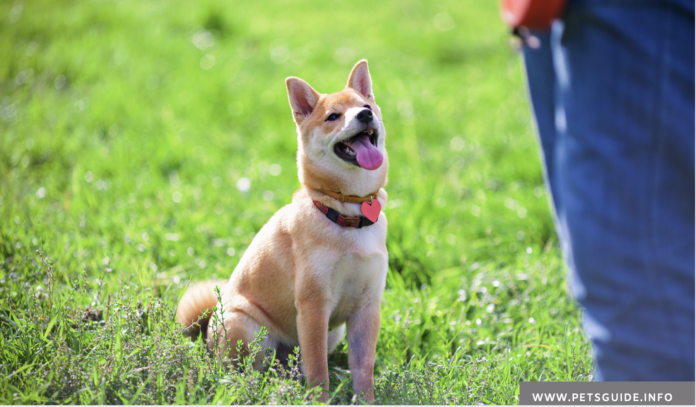Last Updated on January 31, 2024 by Fumipets
When Should You Use a Training Collar on a Dog?
When To Use a Training Collar on a Dog
When you bring home with you a new member of the family, like an adorable little pup from the shelter, the next order of business should be a visit to your local pet store. Like everybody else, your new fur baby will require some essentials: a food bowl, dog food, dog shampoo, toys, and whatnot. But you wonder: is it too soon to buy your little friend a training collar?
What Is a Training Collar?
A collar is a training tool and a learning experience for your dog, but only when it is used properly. Suitable training collars can help you enjoy your day strolling with your dog, especially if you have a stubborn one.
The Appropriate Use of a Training Collar
A training collar will be useless if you do not know how to use it correctly. Before putting it on your dog, make sure to know its appropriate use. A typical error is putting the collar on excessively tight. To ensure that the fit is right, insert your two fingers between your dog and the collar.
When to Start Using a Training Collar
According to experts, it’s ideal to start using a training collar on your dog while they are still young. This is because dogs also need time to get accustomed to wearing one. You can’t expect your canine companion to walk comfortably and get used to it the first time you put the collar around its neck.
Training a dog should start soon after you bring them home with you. But if you ask how old is “old enough” to start using training collars, there is no general rule that applies to all dogs. Each dog is unique, and decisions concerning collar training depend on their individual growth, development, and condition. Some puppies are prepared for this training at around 14 to 15 weeks of age, while others normally begin at around six months old.
Another reliable sign to go by for starting collar training is when your dog starts to comprehend simple commands like sit, stay, and roll. Thus, you will know that they comprehend what you are asking them to do, and they can convey the interrelation between any negative behavior and the “shock.”
Choosing the Right Collar
Picking the right collar is crucial for you and your dog. The most common collars used are flat collars, head collars, dog harnesses, and martingale collars.
Some dogs learn faster than others, but some are stubborn, leaving you hopeless. Increasingly, dog owners are looking into e-collars – short for electronic collars, to keep their stubborn dogs safe and well-behaved in the outdoors. There is good quality dog training collar for stubborn dogs on the market. Choose the collar that meets your dog’s needs.
If you happen to have a large dog big enough to fit the training collar comfortably at a young age but one that is also headstrong, you can probably add an e-collar to the training tools to begin training sooner than you would if you had a calm, quiet dog.
More timid puppies require extra care and attention from their owners to encourage them to explore the outdoors and encounter a scope of positive experiences. This would be preferable to focusing on control too soon and creating possible confusion and hesitancy in your pup.
Top Consideration on Whether or Not to Use a Training Collar
The most important factors when deciding on the use of training collars are your understanding of the device as a pet parent and trainer and how much time and money you’re willing to invest in these devices and your dog’s training.
As long as you are a patient individual who is capable of figuring out how to use the collar appropriately or is someone who is confident in his or her dog training skills, that’s what matters.
In the event that both you and your dog are prepared, shoot the works and get going with the collar training. But remember to take it easy; small steps at a time are essential since collar training teaches your dog how to respond to the sensation appropriately. You would not want to overwhelm your dog.
Focus on Your Dog’s Needs
What will differ in light of your dog’s age is how much work you can put into training sessions and how long it will take for them to learn. Focus on and recognize your dog’s incapability, limitations, and abilities before starting the training.
Do not hesitate to reward your dog for responding well to each command. Be wary of possible dangers that might get inflicted on your dog, and keep your training sessions short.
You will raise your dog’s psychological perseverance but only when things are done correctly. Do not attempt to use the collar as a way of punishing your dog for misdemeanor or disobedience. More than anything else, you should be a compassionate and responsible trainer, willing to invest your time and energy for not just a dog but a loved one. As the saying goes, “It takes two to tango.”


















